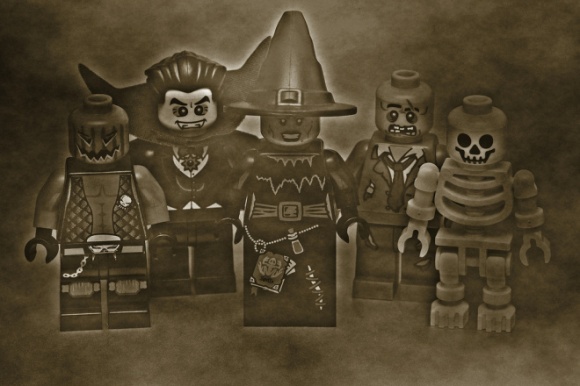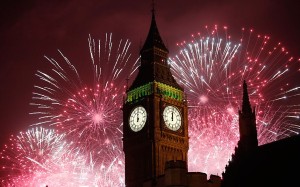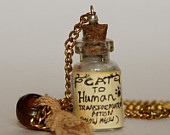
The hand of St. Valentin. Image: Paul Koudounaris
It has been a well-known fact in Christianity for much of its history that the presence of a saint’s body at a religious site makes it a much more enticing prospect for pilgrims, and by extension a very lucrative form of income. As such, there are numerous examples of monasteries and cathedrals throughout Europe that claim to hold saints remains- either entire bodies, particular body parts or items that belonged to a person or had touched a body- and in many cases several sites profess to possess the same relic. Some saints can quite comfortably be said to be where they are thought to be, such as St. Cuthbert at Durham Cathedral, whose elevation at Lindisfarne and subsequent removal to Durham was well documented. However, many others, such as the remains of John the Baptist, or pieces of the ‘True Cross’ are more suspect. Often, this dubious nature is down to enterprising, exploiting and morally corrupt clergy, who created false relics using randomly-discovered or disinterred bones to knowingly hoodwink unsuspecting and gullible pilgrims. However, sometimes this is down to simple confusion or misplaced assumption. It seems that both could be the case here.
In 1578, rumour spread that there had been found catacombs below Rome containing the bodies of thousands of early Christian martyrs. Many of these skeletons were removed from their resting places and transported to religious houses around Europe to replace relics that had been lost under the Reformation that had swept the Continent earlier that century. Whether or not these were actually the remains of the saints that they were believed to be will probably never be known, but I can see that misattributions may in many cases have been accidental and down to simple confusion. However, there is also the rather large possibility that some unscrupulous individuals did probably attribute remains to people that they may not have belonged to, and personally I think that many of the complete skeletons sent about the Continent may actually be composed of the bones of several individuals due to the often fragmented and jumbled nature of remains in catacombs.
This aside, the new relics were graciously received, and once they had been reassembled, they were often enshrined and decorated in costumes, wigs, jewels, crowns, gold lace, and armour as a physical reminder of the heavenly treasures that awaited in the afterlife. Many of these bodies have never been seen by the wider world outside of the religious institutions they are housed in, and have been recently photographed for the first time by the photographer Paul Koudounaris.

St. Albertus. Image: P.K.

St. Benedictus. Image: P.K.

St. Deodatus. Image: P.K.

St. Friedrich. Image: P.K.
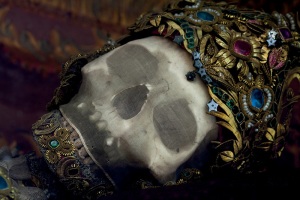
St. Getreu. Image: P.K.

St. Valentius. Image: P.K.

St. Valerius. Image: P.K.
The whole enterprise may look somewhat bizarre and macabre to us now, but this is by no means the only time that such ornamentation has been employed, or the only culture in which it has been carried out. For example, that last image of St. Valerius has had jewelled eyes inserted into the orbits which is reminiscent of the cowrie shells inserted into the skulls of the Neolithic dead in Jericho around 6000-7000 BC.
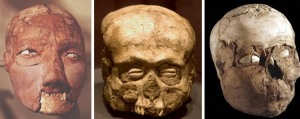 Later, we see similar practices amongst the Aztecs:
Later, we see similar practices amongst the Aztecs:

A skull partially covered in jade, from Monte Alban Tomb 7. Interestingly, this skull was held for a time at a convent.

A mask made from a human skull with the back removed and lined with deer skin to be worn as a mask. This is meant to represent Tezcatlipoca, or ‘Smoking Mirror’, one of the four Aztec creator deities. Image: The British Museum.
Indeed, the Aztecs and other Meso- and South American cultures had a tradition of adorning corpses of ancestors and royalty when displaying them around the inside of their temples, and anthropological cases exist of extant tribes around the world carrying out such elaborate rituals of adorning the dead for display purposes. We could even include this famous piece of ‘art’:

‘For the love of God’ by Damian Hirst. image: Getty Images.
All very interesting, and all very macabre!
